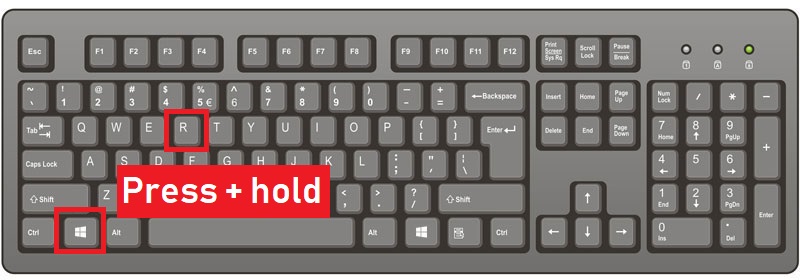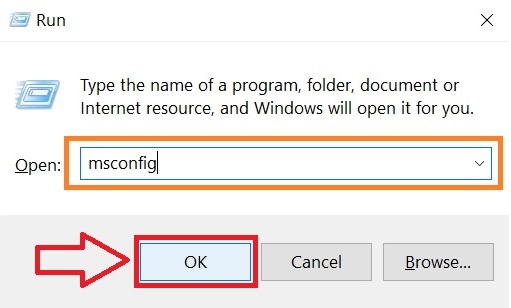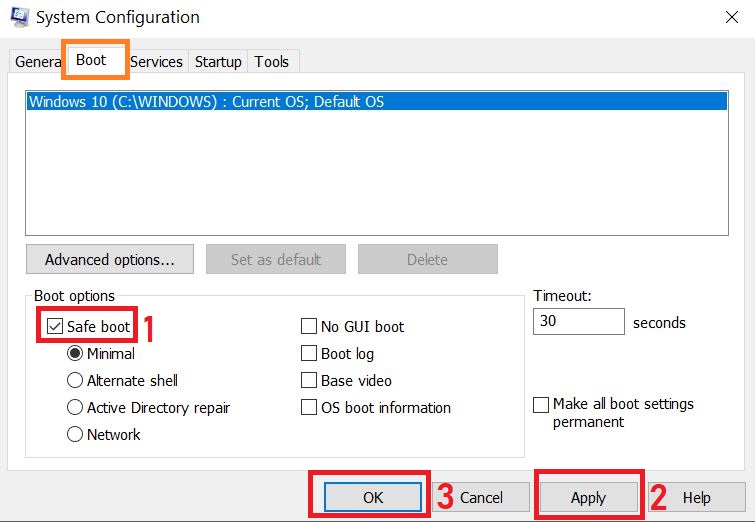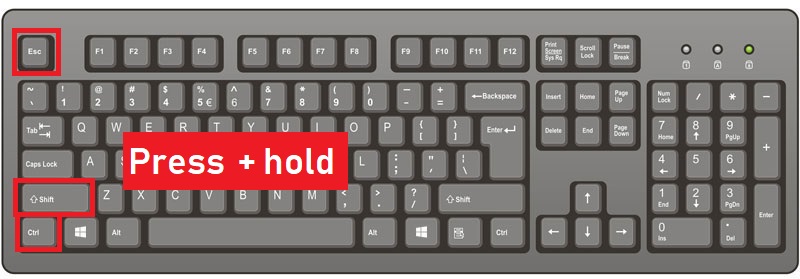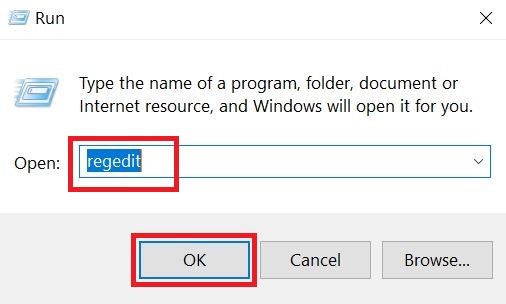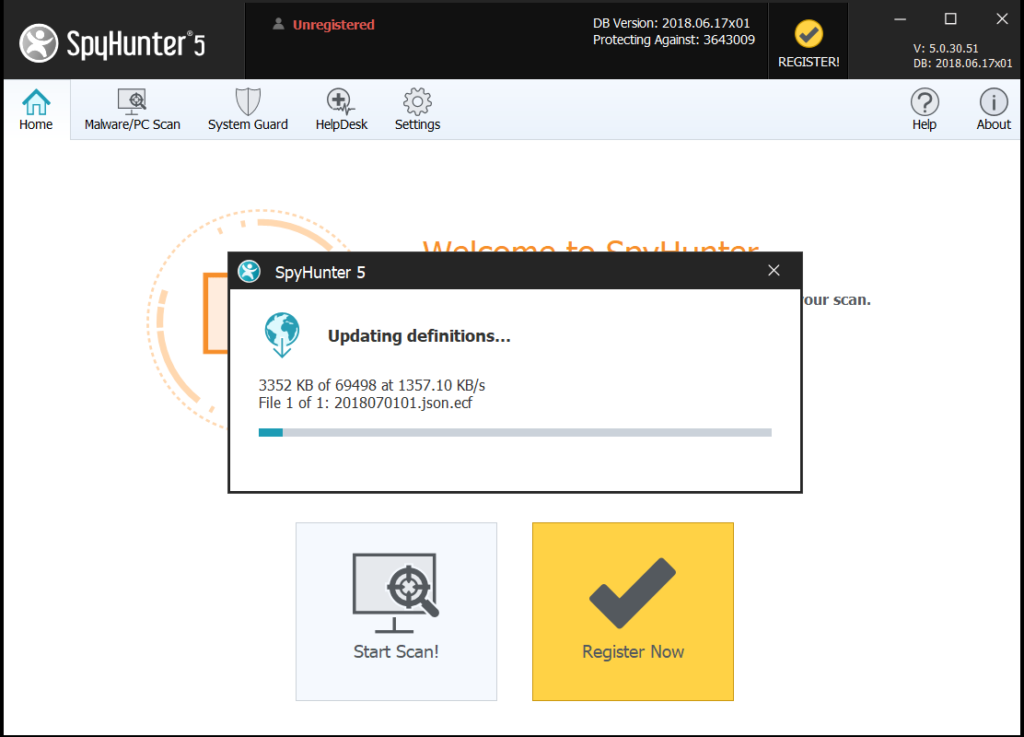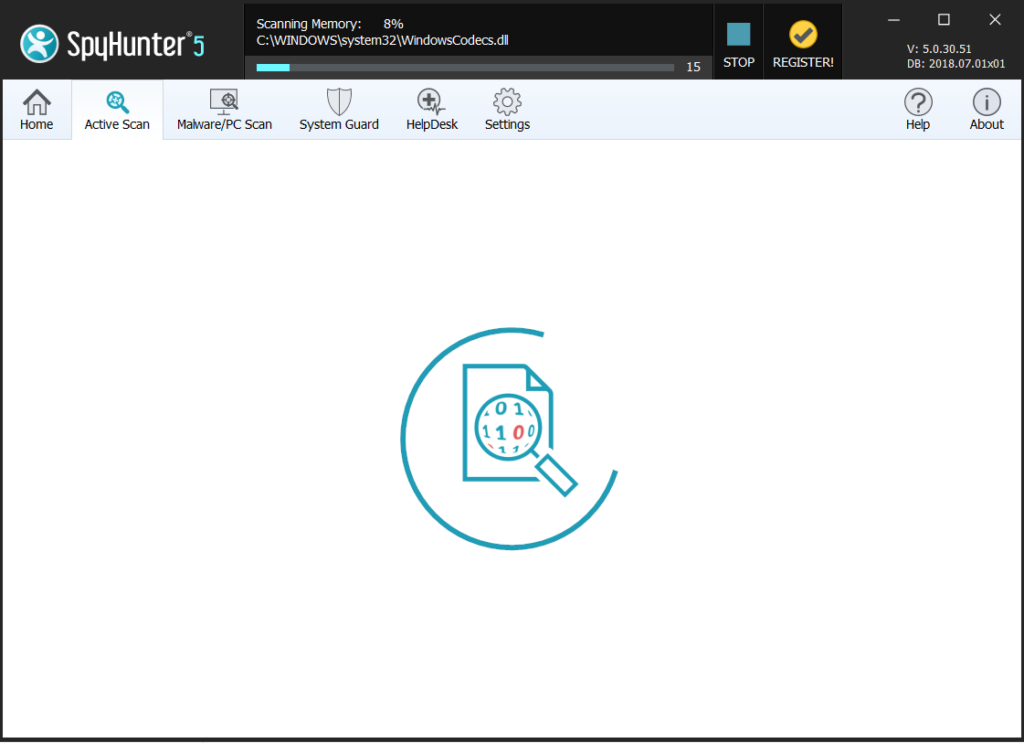This post is made in order to show you how you can remove the .neras files virus of STOP ransomware and how you can restore files, encrypted with the added .neras file extension.
Yet another variant of STOP ransomware has been detected in the wild, this time using the .neras file extension. The ransomware, like other variants of STOP aims to encrypt the files on the computers infected by it with the main idea to get the victims to pay ransom in order to get the files to be operational again. The virus gives a deadline of 24 hours for the ransom to be paid in cryptocurrencies and if it is not met, the price increases. If your computer has been infected by the .neras files virus, we suggest that you read this article to learn more about what it does, how it spreads and how you can remove it and try to restore your files.
| Threat Name | .neras Files Virus |
| Category | Ransomware virus. |
| Main Activity | Variant of STOP ransomware viruses. Infects the computer after which encrypts important documents and holds them hostage until a ransom is paid. |
| Signs of Presence | Files are encrypted with a .neras file extension and ransom note is dropped with ransom instructions.. |
| Spread | Via malicious e-mail spam and set of infection tools. |
| Detection+Removal | DOWNLOAD REMOVAL TOOL FOR .neras Files Virus |
| File Recovery | Download Data Recovery Software, to see how many files encrypted by .neras Files Virus ransomware you will be able to recover. |
The STOP virus has been spotted in a new variant, this time using the .neras file extension. It is related to the previous .trosak and .grovas ones. The new STOP ransomware also communicates via email through which it sends a decrypter after the ransom has been paid. In case you are a victim of the new STOP ransomware using the .neras suffix, we advise you to read this article and learn how to remove the virus files and try to decode .stun encrypted objects.
.neras Ransom Virus – What Does It Do
Being a variant of the STOP ransomware family, which exists in hundreds of variants, many of which are decryptable, .neras ransomware has been reported to drop one or more executable files in the %AppData% Windows directory.
After doing so, the virus may modify the Windows registry entries, more specifically the Shell sub-key with the following location:
- HKLM/Software/Microsoft/WindowsNT/CurrentVersion/Winlogon/Shell
Then, the .neras virus may also modify the Run registry key to run the executable file(s) in the %AppData% directory. The key is with the following path:
- HKLM/Software/Microsoft/Windows/CurrentVersion/Run/
This may result in the virus file booting alongside the Windows start-up process.
The STOP ransomware also drops a ransom note file with a ransom message and places it somewhere easy to locate. Then, .neras ransomware virus may attach files with an extension of the same name.
After the encryption process of STOP ransomware has completed, the virus may also delete the VSS (shadow copies) on the infected computer in order to prevent victims from restoring their files via these backups.
STOP .neras Ransomware – How Did I Get Infected
The infection process of STOP ransomware is conducted primarily via spammed e-mails that have deceptive messages embedded within them. Such messages may pretend to be sent from services such as PayPal, USPS, FedEx and others. They may contain attachments that pretend to be invoices and other fake type of files. Other social engineering techniques include:
- Fake buttons and pictures as if the e-mails are sent from a social media site, like LinkedIn.
- Fraudulent PayPal links.
- Links to GoogleDrive and fake e-mails that look the same as if they are sent from Google.
Other infection tools may also include the usage of torrent websites and other third-party sites to upload fake updates, fake installers as well as other fraudulent executables.
Remove STOP .neras Ransomware and Get Encrypted Files Back
For the removal of the .neras variant of STOP ransomware, recommendations are to focus on following the removal instructions below and boot your computer in Safe Mode. In case manual removal in the instructions below do not work for you, security professionals recommend downloading a powerful anti-malware tool that will quickly remove .neras ransomware and protect your computer in the future as well. If you want to restore files encrypted by STOP, we have offered several suggestions below that may be able to assist with this issue.
Preparation before removal of .neras Files Virus:
1.Make sure to backup your files.
2.Make sure to have this instructions page always open so that you can follow the steps.
3.Be patient as the removal may take some time.
Step 1: Reboot your computer in Safe Mode:
Step 2: Cut out .neras Files Virus in Task Manager

Step 3: Eliminate .neras Files Virus‘s Malicious Registries.
For most Windows variants:

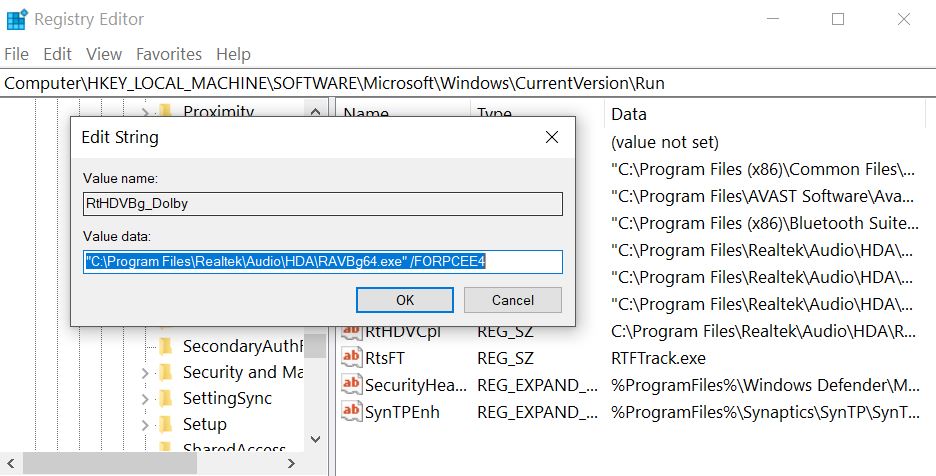
Step 4: Scan for and remove all virus files, related to .neras Files Virus and secure your system.
If you are in Safe Mode, boot back into normal mode and follow the steps below
It is advisable to run a free scan before committing to the full version. You should make sure that the malware is detected by SpyHunter first.
Step 5:Recover files encrypted by the .neras Files Virus Ransomware.
Method 1: Using Shadow Explorer. In case you have enabled File history on your Windows Machine one thing you can do is to use Shadow Explorer to get your files back. Unfortunately some ransomware viruses may delete those shadow volume copies with an administrative command to prevent you from doing just that.
Method 2: If you try to decrypt your files using third-party decryption tools. There are many antivirus providers who have decrypted multiple ransomware viruses the last couple of years and posted decryptors for them. Chances are if your ransomware virus uses the same encryption code used by a decryptable virus, you may get the files back. However, this is also not a guarantee, so you might want to try this method with copies of the original encrypted files, because if a third-party program tampers with their encrypted structure, they may be damaged permanently. Most of the currently available decryptors for ransomware viruses can be seen if you visit the NoMoreRansom project – a project that is the result of combined efforts of researchers worldwide to create decryption software for all ransomware viruses. Simply go there by clicking on the following LINK and find your ransomware version decrypter and try it, but always remember to do a BACKUP first.
Method 3: Using Data Recovery tools. This method is suggested by multiple experts in the field. It can be used to scan your hard drive’s sectors and hence scramble the encrypted files anew as if they were deleted. Most ransomware viruses usually delete a file and create an encrypted copy to prevent such programs for restoring the files, but not all are this sophisticated. So you may have a chance of restoring some of your files with this method. Here are several data recovery programs which you can try and restore at least some of your files:

